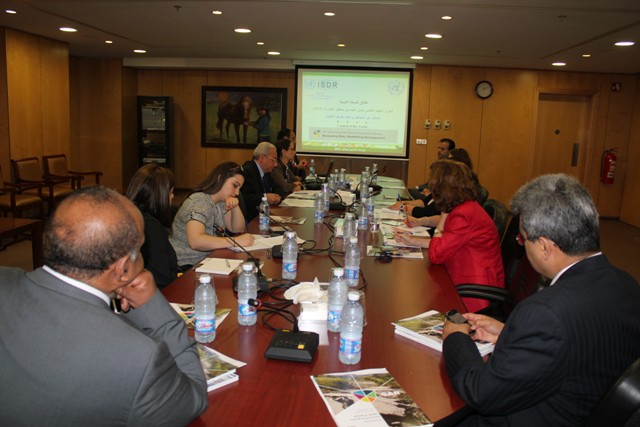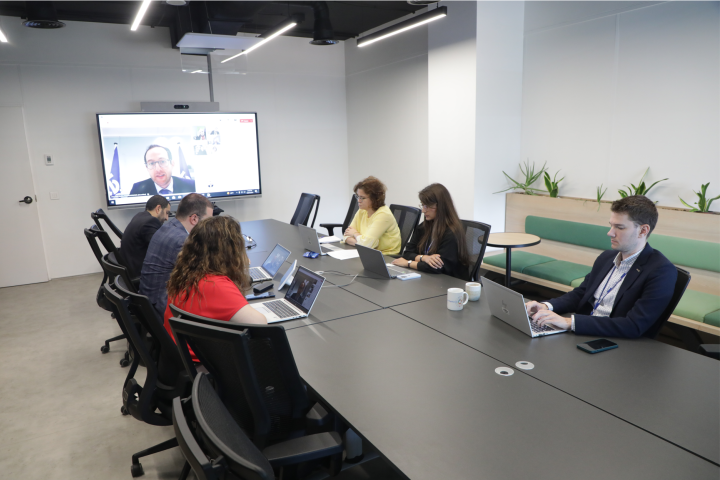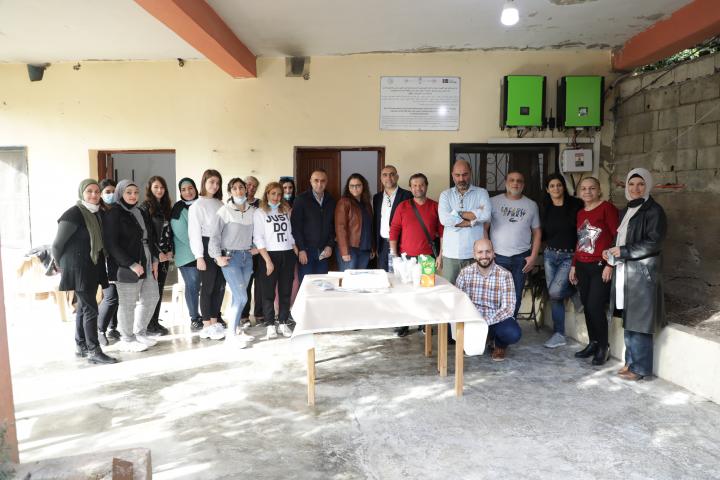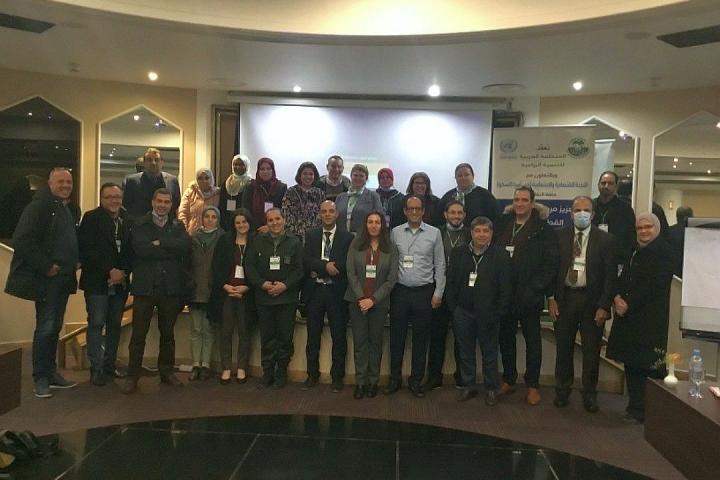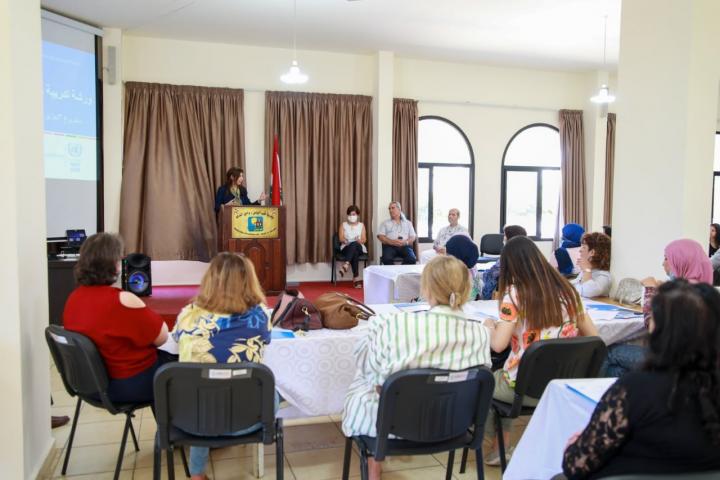A United Nations report launched in Beirut today said governments of the Middle East and North Africa region were lagging behind global averages in reducing disaster risks. The 2011 UN Global Assessment Report on Disaster Risk Reduction (GAR11) was launched Wednesday in its Arabic version at the UN House in Beirut by ESCWA and the UN International Strategy for Disaster Reduction (UNISDR). GAR 11 is the second edition of this biennial UN publication on disaster risk reduction. “Globally, mortality risk for weather-related hazards – i.e. the risk of dying due to a flood or tropical cyclone – is declining,” said UNISDR programme officer Bina Disai. “However, this is not so in the Middle East and North Africa. Also, the cost of disasters is rising and the risk of economic loss and damage is increasing across the globe. This, unfortunately, is also the case for this region.” Desai added that a number of case studies, including from Lebanon, Jordan and Syria, show the scale of the impact that droughts have on local economies and the lives and livelihoods of large numbers of the population. First Economic Affairs Officer at the ESCWA Sustainable Development and Productivity Division Tarek Sadek gave an overview of the report’s highlights, especially those relating to the region. “While risks are increasing, investment in risk reduction remains low,” he said. Officials and decision-makers should be made more aware of the importance of this issue. However, Sadek said that the report highlights some positive facts on the global scale, such as the decrease of fatalities from floods, droughts and other disasters around the world, which is essentially due to the spread and use of early warning systems. GAR represents a major initiative of the United Nations International Strategy for Disaster Reduction (UNISDR). Coordinated by UNISDR, the bulk of the data, research and analysis is developed by a large number of partners, such as universities, scientific institutions, civil society organizations, UN agencies, development banks and individual experts. The report provides a current resource for understanding and analyzing global disaster risk. More than 130 governments are engaged in self-assessments of their progress in implementing the Hyogo Framework for Action for Disaster Reduction, contributing to what is now the most complete global overview of national efforts to reduce disaster risks.
Commission
Secretariat
Our Clusters
Collaborate
Resources
Key Resources
Updates
Get in touch
